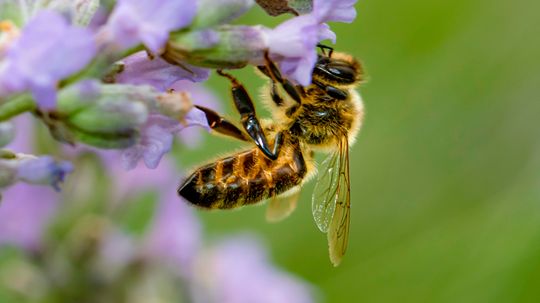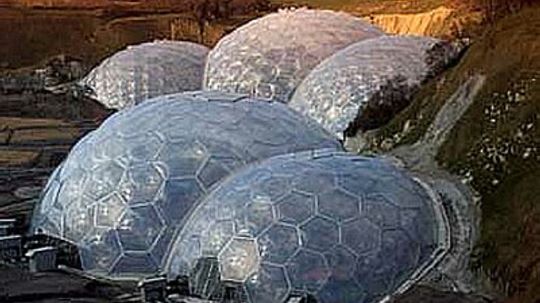Conservationists
Conservationists are devoted to the conservation of plant and animal life on Earth. By conserving natural resources, conservationists hope to protect the supply of food and energy resources.
Learn More
As with most lessons, children learn by watching their parents, so it's up to you to teach them how to live a sustainable life.
While water falls from the sky in the form of rain, it may be hard to explain to your kids that clean water actually isn't infinite. We'll show you how to get the message across.
By Sara Elliott
Celebrated since 1970, Earth Day is a time to honor Mother Earth and pay attention to what we're doing to her. It's also a great day to get your kids involved.
By Sara Elliott
Advertisement
A fascinating article that describes the work of The Nature Conservancy and the benefits of its conservation projects to our environment and ecology!
The Eden Project is an incredible set of massive greenhouses in Cornwall, England. Check out this amazing place!
By Tom Harris
Now that its sequel is out, where did Al Gore's landmark environmental documentary hit the mark? What did it get wrong?





